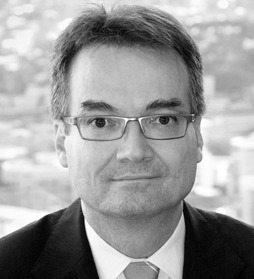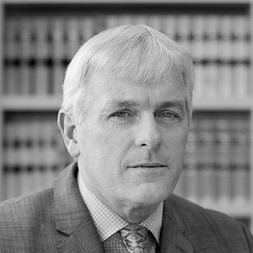Two relevant cases illustrate the importance of establishing, by evidence, the underlying facts assumed by the expert, for the opinion to be accepted.
Beaven v Wagner Industrial Services Pty Ltd [2017] QCA 246
List member Richard Douglas QC appeared for the appellant. List member Geoffrey Diehm QC appeared for the respondent. Neither had appeared at the trial.
The appellant was a truck driver who suffered a prolapsed disc in the course of his employment with the respondent. He alleged that the respondent had breached a duty of care by not training him in techniques such as avoiding awkward postures. The primary judge found that the appellant had not shown that his injury had been caused by a breach of duty by the respondent.
The two questions on the appeal were what training had been given to the appellant, and whether such training, if given, would have avoided the incident.
The fact that the appellant had not led direct evidence as to the training given or not given was taken by the court to be an inference that doing so would not have helped his case. The appellant submitted that the respondent was also in a position to lead evidence relevant to the case but McMeekin J observed that while this was true, the onus was on the appellant, and there was no onus on the respondent to fill gaps in the appellant’s case.
See also our summary of this case in regard to whether hearsay evidence in an expert’s report may be evidence of the truth of such a statement: https://hemmantslist.com.au/limits-availability-hearsay-statements-expert-reports/


McGrory v Medina Property Services Pty Limited [2017] QCA 234
No List members appeared in this matter but it is instructive as a comparison to Beaven because this is an appeal where it was found that an expert opinion could not be accepted because it relied upon factual assumptions not explored in the evidence of the relevant witness and other underlying assumptions conflicted with evidence otherwise accepted.
The applicant had been working as a room attendant when moving an ice-bucket caused an injury to her shoulder that eventually meant she could not do a lot of the work that she was employed to do.
The applicant, and two of her previous supervisors gave evidence supporting a finding that she had a permanent disability. Dr Cook, orthopaedic surgeon, gave a report that was consistent with the evidence offered by the three witnesses. Dr Walters, also an orthopaedic surgeon, disagreed with much of what Dr Cook said, and concluded that the applicant’s loss of movement was only minor. The primary judge accepted the three witnesses as credible, but then preferred the evidence of Dr Walters over the report of Dr Cook.
The court observed that having accepted the evidence of the three witnesses, the trial judge could not then accept the opinion of Dr Walters, which was based upon assumptions that conflicted with the facts accepted. The primary judge had referred to a comment by Dr Walters that it was noteworthy that after the injury the appellant had worked two more years without presenting to a doctor. No such point had been put to the appellant in cross-examination.
Sofronoff P and Fraser JA, Brown J agreeing, allowed the appeal and awarded the appellant damages for past and future economic loss.
See the judgment here: https://www.sclqld.org.au/caselaw/QCA/2017/234

